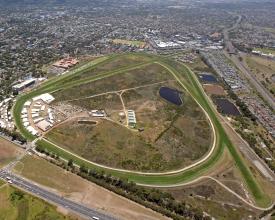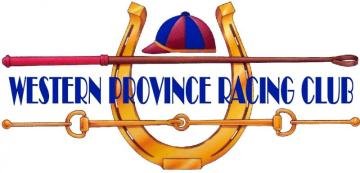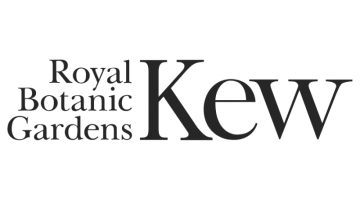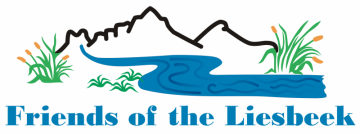
Habitat conservation at the Kenilworth Racecourse
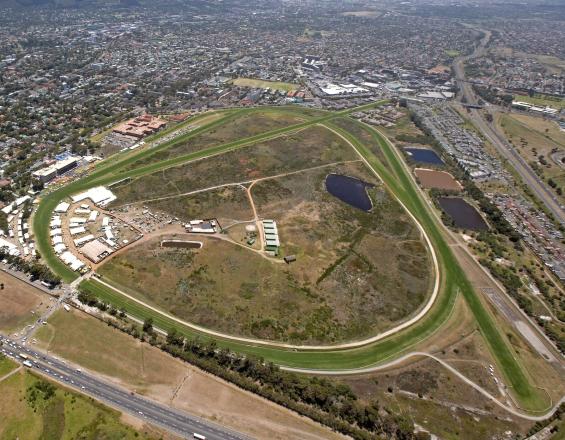
The Kenilworth Racecourse is a well-established horse racing venue in Cape Town, South Africa, which has been functioning for over 130 years. Besides hosting world-renowned racing events, it is also the home of the Kenilworth Racecourse Conservation Area (KRCA), a small but valuable nature reserve situated within the racecourse itself. KRCA is regarded as one of the best examples of Cape Flats Sand Fynbos remaining in the Cape Peninsula. Being one of the largest stretches of natural vegetation remaining in Cape Town's Southern suburbs, KRCA's fynbos is of great historic and cultural significance. Its educational potential is of great value, seeing how the natural habitat is situated within the urban environment. The KRCA is a natural goldmine and is jointly managed and preserved by Kenilworth Racing, the City of Cape Town Nature Conservation and CapeNature Conservation.
Impacts
The 52 hectares interior area of the track has been preserved since the course was developed and is now a protected patch of rare fynbos habitat. Fynbos, meaning ‘fine bush’ in Afrikaans, is one of the Cape Floristic Region's most important habitats. Access to this patch is strictly limited to manage it as a high-quality conservation area, protected by the surrounding racetrack infrastructure. Over 300 native plant species - including several threatened species that are endemic to the Cape Flats sand fynbos - live within the reserve and support a wealth of animal communities. Sixteen wetlands provide special resources to endemic amphibian species, rendering the KRCA the hottest hotspot for amphibian life on the Cape Flats. The KRCA also has an environmental programme to educate school groups about the fynbos habitat through guided walks and a variety of activities.

